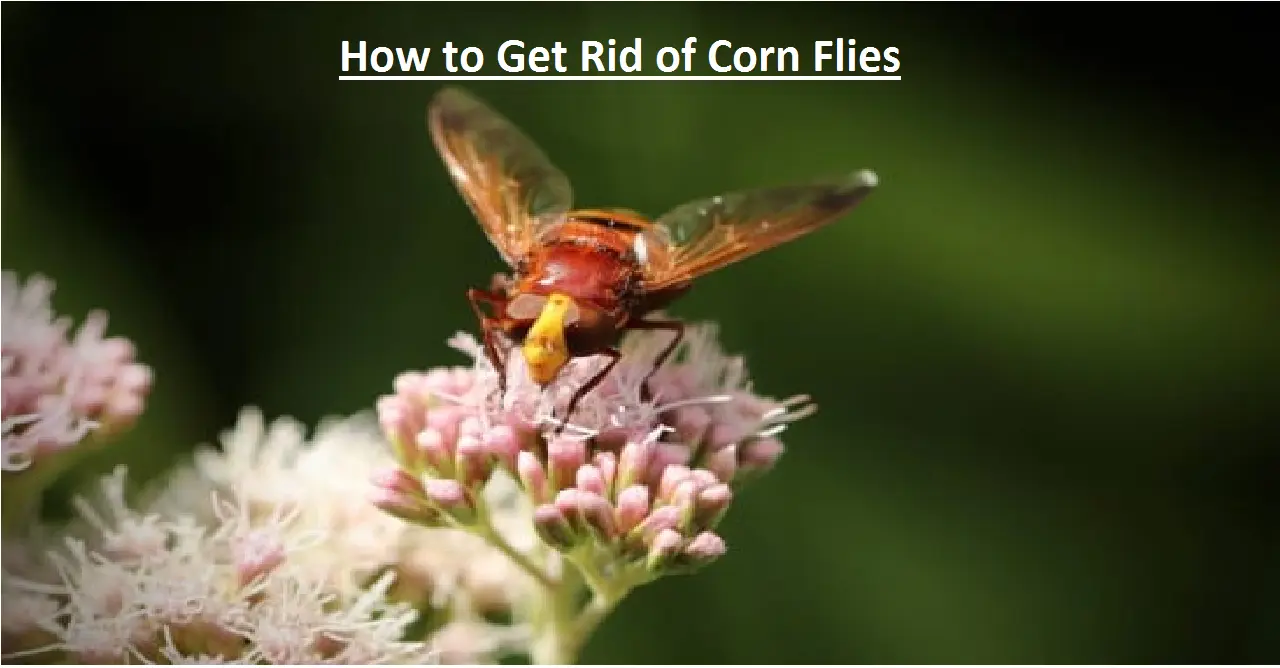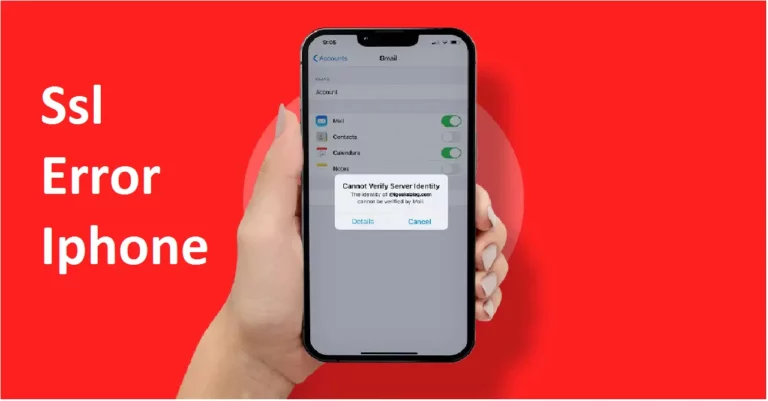How to Get Rid of Corn Flies – Effective Methods
If you’re like me, you can’t stand corn flies! They’re pesky little insects that seem to buzz around your head at all times. Not only are they annoying, but they can also be harmful to crops.
In this blog post, we’ll discuss how to get rid of corn flies using both natural and artificial methods. Let’s get started!
What are corn flies?
Corn flies are a type of tiny fly that is attracted to corn. They lay their eggs in the corn kernels, and the larvae feed on the corn. This can ruin crops, and make the corn unsafe to eat. There are various ways to control corn flies, including using traps and chemicals.
What do they look like?
Corn flies are small, about 1/8th of an inch long, and they have a reddish-brown body. They are most commonly found near corn fields and other crops that are in the grass family.
They are also known as Hessian flies, and they get their name from the fact that they were first found near Hessian troops during the American Revolution.
Types of corn flies:
There are three types of corn flies:
The spotted corn fly:
The spotted corn fly is a small (1/8th inch), black and white, biting fly that feeds on the juices of plants. It is most commonly found in the Midwest and Eastern United States.
The spotted corn fly is attracted to light and often seen around porch lights, windows, or other bright areas. They are most active at dusk and dawn, but can also be found during the day. They breed in moist soil near agricultural areas or in compost piles.
The striped corn fly:
The striped corn fly (Stenocara gracilis) is a species of bristle fly in the family Tachinidae. It is found in North America.
The adults are attracted to flowers where they feed on nectar. The larvae are parasitoids of grasshoppers, katydids, and crickets. They attach their eggs to the host insects’ bodies, and the larvae then hatch and eat their way into the host’s body cavity, eventually killing it.
The southern corn fly:
The southern corn fly (Diatraea Batesalla) is a serious pest of sweetcorn in many parts of the Americas. It is particularly damaging to young plants, and can cause complete crop loss if not controlled.
The fly lays its eggs on the leaves of the plant, and the larvae hatch out and burrow into the stem, where they feed on the tissue. This weakens the plant and can eventually kill it.
Methods to get rid of corn flies:
There are various methods that can be used to get rid of corn flies. Some of these methods are more effective than others, and some may be more suited to your particular situation.
Chemical sprays:
Chemical sprays are one of the most common methods of corn fly control. There are many different types of chemicals that can be used, and they all work in different ways.
Some chemical sprays kill the corn flies outright, while others repel them or prevent them from being able to lay their eggs. There are also some natural predators of corn flies that can be released into the field to help control the population.
Homemade traps:
Homemade traps can be made from a variety of materials, and they work by attracting the corn flies into the trap, where they are then unable to escape.
One popular type of homemade trap is made from a plastic bottle with the top cut off. The corn fly enters the bottle through a small hole in the side, and then cannot find its way out again.
You can also make corn fly trap out of a piece of cardboard or paper. Roll the cardboard or paper into a tube, and then cut slits in one side. The corn flies will enter the tube through the slits, but they won’t be able to get back out.
Physical exclusion:
Physical exclusion is a method of corn fly control that works by preventing the corn flies from being able to access the corn plants.
One way to do this is to cover the plants with fine mesh netting. This will keep the corn flies from being able to land on the plants and lay their eggs.
You can also use traps to physically exclude corn flies from an area. Place the traps around the perimeter of the area you want to protect, and the corn flies will be drawn into the trap instead of being able to get to the plants.
As you can see, there are a number of different methods that can be used to control corn fly populations. Some of these methods are more effective than others, and some may be more suited to your particular situation. If you have a corn fly problem, try out a few of these methods and see which ones work best for you.
Do you have any tips for getting rid of corn flies? Share them in the comments below!
FAQs
What are corn flies attracted to?
Corn flies are attracted to moist and organic matter. They are usually found near garbage cans, dumpsters, moist areas around the house, and compost piles.
Are corn flies and sweat bees the same?
While corn flies and sweat bees may appear to be similar, they are actually quite different. Corn flies are generally much larger than sweat bees, and their wings are also darker in color.
Unlike sweat bees, corn flies do not sting or pose any threat to humans. Additionally, corn flies feed primarily on pollen and nectar from flowers, while sweat bees collect perspiration from humans and animals as a food source.
Do corn flies jump?
Yes, corn flies can jump. They usually jump up to about 3 inches high, but they can sometimes jump higher if they’re startled or trying to escape something. Corn flies aren’t very good at flying, so they often resort to jumping when they want to move around.
What do corn flies eat?
Corn flies eat the tissue of corn plants. They feed on the leaves, stems, and kernels of the corn, which can weaken the plant and eventually kill it.
How do you make a corn fly Trap?
There are a few ways to make corn fly trap. One way is to take an empty gallon jug and poke small holes in the bottom. Pour about 1/2 inch of corn syrup into the jug, and then set it so the top is at ground level.
The flies will be attracted to the sweet smell of the corn syrup, and they will fly down into the jug where they will be trapped.
Another way to make corn fly trap is to take a piece of old corrugated cardboard and cut it into a square that is about 12 inches by 12 inches.
Paint or soak the cardboard in corn syrup, making sure that it is well saturated. Place the cardboard near where you have seen flies congregating, and they will be attracted to the corn syrup and get stuck in the cardboard.

Shahid Maqsood is an experienced writer and journalist with 10+ years in the industry. He is Content writer and Editor , where he writes daily articles covering topics like books, business, news, sports, and more. Shahid holds an MBA from Virtual University of Pakistan and a Master’s in Mass Communications. He is based in Faisalabad, Pakistan.
His work spans multiple platforms like dosttrusty.com and newsbreak.com,Quellpress.com , airriflehunting, and bruitly.com showcasing his versatility and depth. Shahid’s insightful articles reflect his expertise, authoritativeness, and trustworthiness, making him a respected and reliable voice in digital content creation. His contributions engage and inform readers, embodying professionalism and passion in every piece.






![Dream Deep Pillow Reviews [2022]: Does Dream Deep Pillow Really Work?](https://dotsnel.com/wp-content/uploads/2021/12/ksdjk-1-768x398.png)
